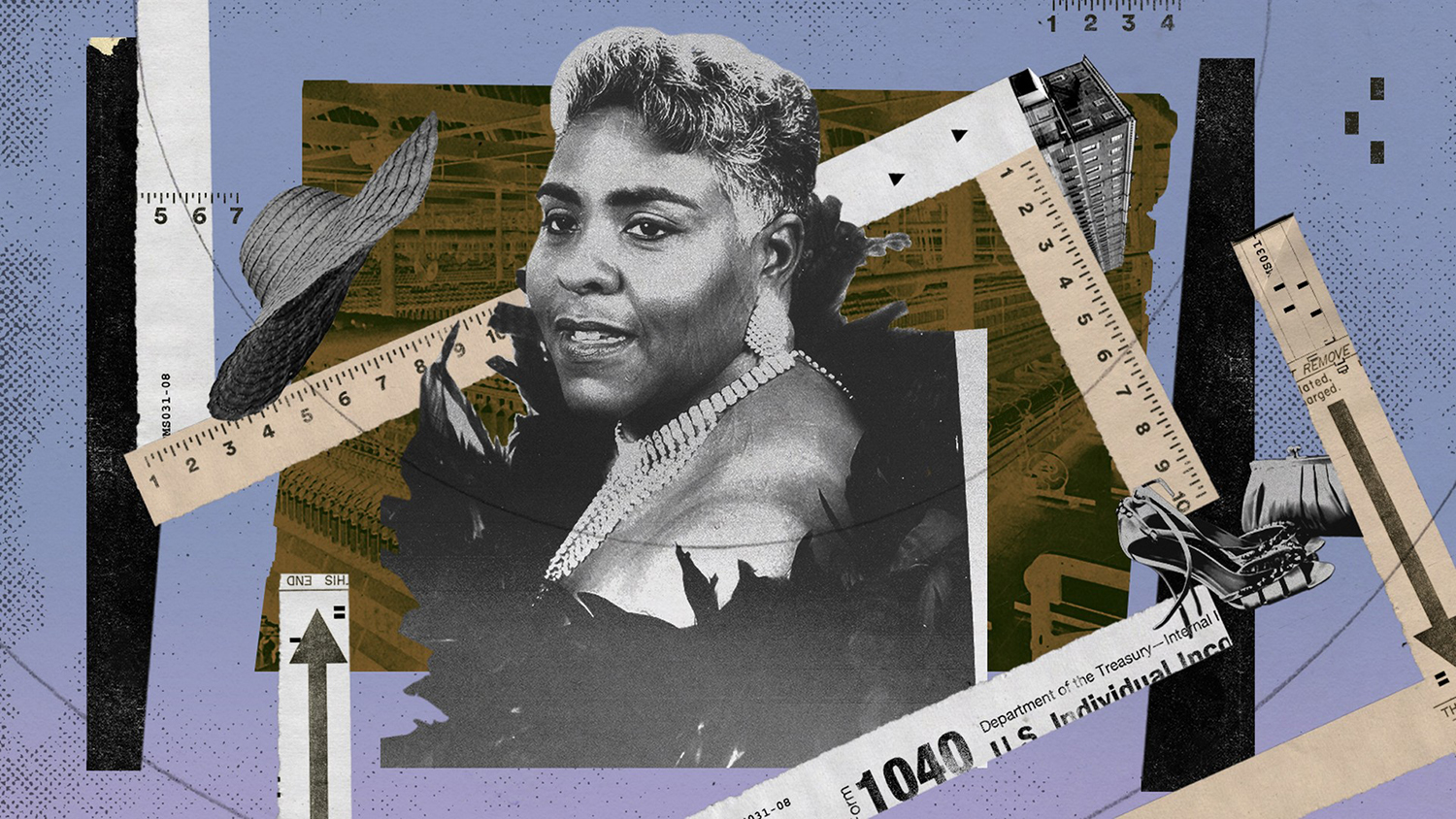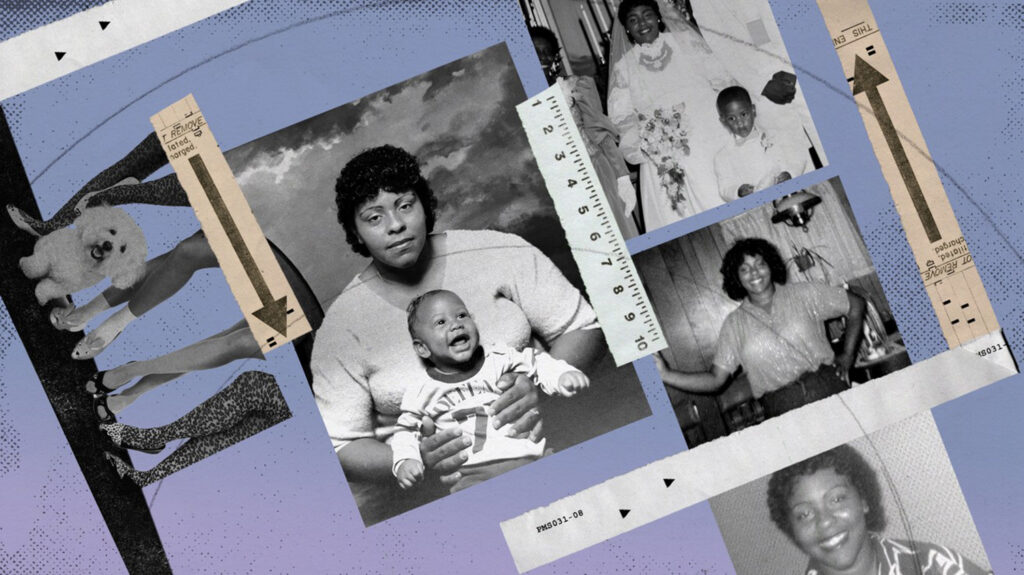Always the Gold Sandal
I’m a fashion designer. My muses are working-class Black women, like my mom and grandma.

This article was originally published in The Atlantic as part of their series, “Inheritance” – a project about American history and Black life.
My mom, Dana, built tool sets at a tool factory; on the weekends she became a sexy Donna Karan power woman. My Grandma Hattie was a factory knitter, but she moonlighted as a feline Patrick Kelly–esque dame, particularly on Sundays.
Growing up in small-town North Carolina in the ’90s, I loved watching them: their joie de vivre and sexual confidence contrasting with the blue-collar reality of their lives from 8 to 5 every weekday; their armor and shield, sword and dagger, in the form of suits, clutches, earrings, and sheaths. I became a fashion designer, and they are my consummate muses, working-class and Black.
High fashion has ignored these women’s stories. But they are a pillar of American fashion, a conduit of sartorial expression. These women took artistic license to write their own beauty narrative, one that refused to be boxed in by the utilitarianism of blue-collar work.
My grandma has passed, but memories of her are present: her coming home from work, the smell of machinery on her clothes, lint littering her short-cropped hair. Thirty years later, I can still feel that lint between my fingers. I would pick it from her hair, perching above her on the back of the sofa as we watched Wheel of Fortune.
But on the weekends, her hair and cocoa complexion served as the perfect canvas for the silky sheaths and matching clutch-and-pump sets she preferred. She was the epitome of elegance holding my hand on Sundays as we walked through the field from her house to church, my eyes on the patchwork design of her purse. I will always remember the floral broadcloth blouse, pedal pushers, sun hat, and cotton sneakers she wore while picking strawberries. I’ll never abandon the beauty of my nurturers.
For my mom, proportion mattered. Her curvy body was accented by the sharpest shoulder pads; her red-earth skin complemented the most vibrant hues; even the gold hanging from her lobes was the shiniest. Getting ready for a girls’ night out, she’d arrange all her accessory options on the bed—jewelry, belts, scarves—and hang her favorite garments on the bedroom door. Sometimes she’d ask me to press her blouse or fetch her hose out of the drawer. The request was an invitation into her sacred process, a window into her thinking. “The ivory shoe or the gold sandal?” Always the gold sandal.
Mom was more fashionable at these moments than at any other time. And there was something quite feminist about it, because she wasn’t dressing up for the male gaze. She was showing personality, being sexy, and feeling electric for herself and for her girls, several of them her co-workers at the factory.
I recently asked her what it meant to her, this transformation from oily factory clothes and dirty hands to pantsuits, oversize jewelry, and slingbacks. “That’s just what we did,” she told me. She’s not one for overintellectualizing. When I prodded further, she added, “It made us feel better. More feminine. Especially after doing such hard work during the week.”
I could read the relief and joy on my mother’s face while she was getting dressed, but she’s reluctant to think critically about her dressing process. The mere verbalization seems to her both decadent and privileged. Our society allows too little space for the self-exaltation of Black working-class women.

I think about the Black women of the ’50s and ’60s, service workers anchored in the civil-rights movement. They used clothing and accessories as mechanisms for freedom, dressing with a sense of strategy and deliberacy. Rosa Parks’s demure presentation displayed the violent nature of Jim Crow: Would the police handle a similarly dressed white woman that way? Many Black women would replicate the visual language of wealthy white women to show that they had equal value.
Then, and now, the fashion industry capitalizes on human insecurities. It is a classist world built to elevate the few and sell their spoils to the rest. And yet I love beautiful things, because my mother and grandmother taught me to love them. Working-class Black women like them can show us a better way forward. We have an opportunity to change the narrative; we no longer should require these women to appeal to anyone but themselves. The industry should view them as muses. They are ingenious purveyors of fashion, and the market deserves products that are inspired by their tenacity, mutability, and power.
Throughout my career as a designer I’ve accessed faces, bodies, and energies like my mom’s and grandma’s. These women have inspired every illustration and idea that has come from my hands and found its way to the bodies of people around the world. Whether I was designing for Michael Kors or Billy Reid, Cult Gaia or Banana Republic, these women’s stories have been my aesthetic North Star.
I owe so much to them: how to make sense of a slip dress and a slide, respect for a head-to-toe color story, and my love of a bold statement earring with a sexy blouse and sneakers. These women were gifts to me; these women are also gifts to fashion.
- Categories:


